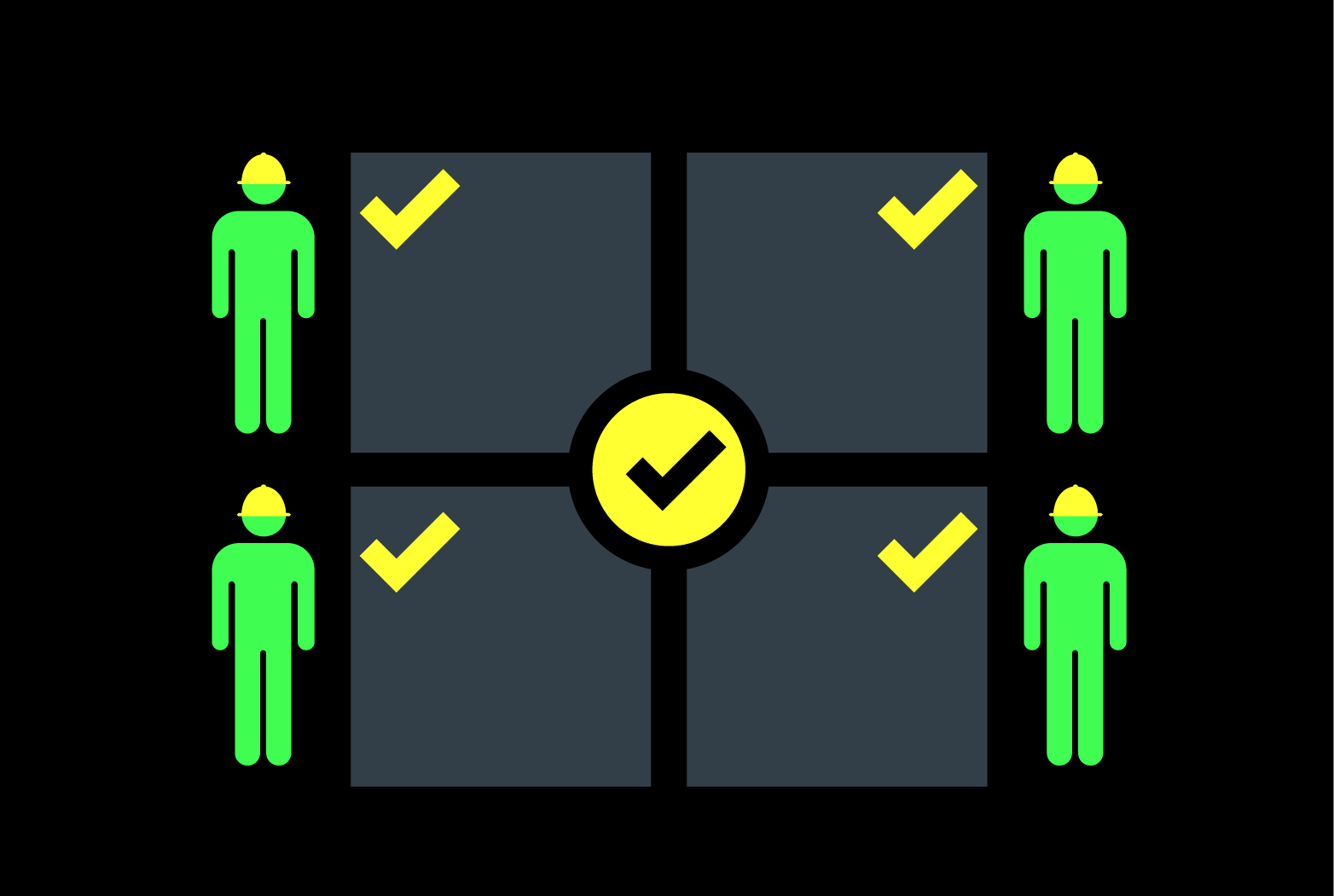Bach Hoa Hang Nga: Your Trusted Source for Quality Products
Explore a wide range of quality products and insightful articles.
Staking Your Claim in Crypto: A Dive into Innovative Systems
Uncover the secrets of crypto staking! Explore innovative systems and maximize your gains in the digital currency revolution.
Understanding the Basics of Crypto Staking: How to Get Started
Crypto staking is an essential concept for those looking to engage with the world of cryptocurrencies. At its core, staking involves participating in the proof-of-stake (PoS) validation process by locking up a certain amount of cryptocurrency in a wallet to support the operations of a blockchain network. By staking your coins, you help secure the network, validate transactions, and in return, you earn rewards in the form of additional cryptocurrency. This process is often simpler and less resource-intensive compared to traditional mining, making it a popular choice for many investors.
Before you dive into crypto staking, it’s important to understand the basic requirements. First, you’ll need to select a PoS blockchain that offers staking rewards and create a digital wallet compatible with that blockchain. Next, you must acquire the cryptocurrency you wish to stake; popular options include Ethereum, Cardano, and Tezos. Once you have your coins, you can either stake them directly or delegate your staking rights to a third party, often called a staking pool, which can increase your chances of earning rewards more consistently. Remember to conduct thorough research and consider factors like network fees and lock-up periods before getting started.

Counter-Strike is a popular first-person shooter game that has captivated millions of players worldwide. It involves two teams, terrorists and counter-terrorists, competing in various objective-based game modes. For those looking to enhance their gaming experience, using a rollbit promo code can provide added benefits and gameplay advantages.
The Future of Staking: Innovative Systems to Watch in 2023
The landscape of staking is evolving rapidly, with numerous innovative systems set to redefine how investors contribute to the blockchain ecosystem in 2023. One of the most anticipated trends is the integration of decentralized finance (DeFi) into staking platforms, allowing users to not only earn rewards through traditional staking but also to participate in liquidity provision and yield farming simultaneously. This multi-faceted approach can enhance staking rewards, making it an attractive option for both novice and seasoned crypto enthusiasts.
Moreover, layer 2 solutions are gaining traction, promising to improve the efficiency and scalability of staking operations. These systems enable faster transaction speeds and reduce costs, addressing some of the major pain points of existing protocols. As we move further into 2023, keep an eye on staking-as-a-service platforms, which simplify the staking process for users by handling the technical complexities behind the scenes. This democratization of staking may lead to broader adoption, encouraging more participants to engage with blockchain networks.
Is Staking Worth It? Analyzing Risks and Rewards in Crypto Investments
Staking has gained significant traction in the crypto world, often touted as a lucrative investment strategy. By participating in staking, investors can earn rewards by locking up their cryptocurrencies to support the network's operations. Is staking worth it? The answer largely depends on various factors including the specific cryptocurrency being staked, its staking rewards, and the overall market conditions. For instance, many investors find that staking solid projects with substantial community backing can provide consistent returns, but it also comes with inherent risks that one must carefully consider.
One of the primary risks associated with staking is the potential for loss due to market volatility. As crypto prices fluctuate, the value of staked assets may decrease, impacting overall returns. Additionally, many staking protocols entail a minimum lock-up period, during which your assets are inaccessible. This risk vs. reward dynamic is crucial; while staking can offer passive income, it also requires a thorough understanding of the specific network's governance and security. Investors interested in staking should conduct extensive research and consider diversifying their portfolios to mitigate risks effectively.